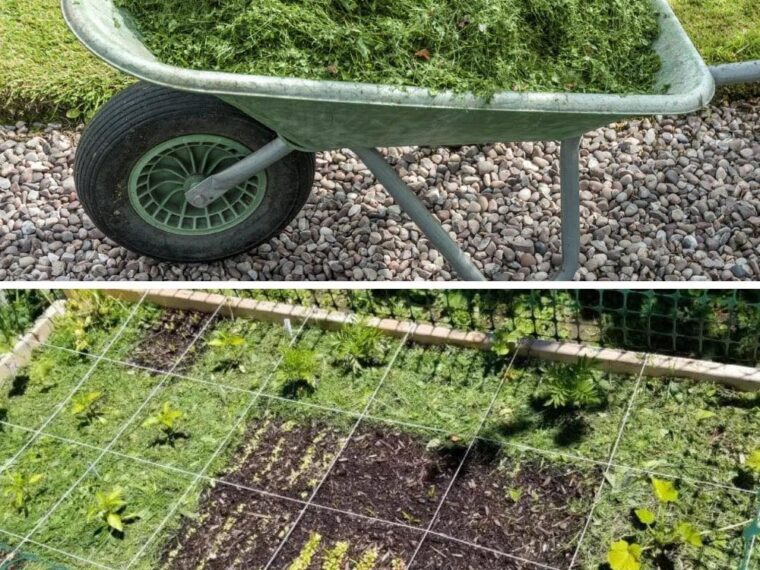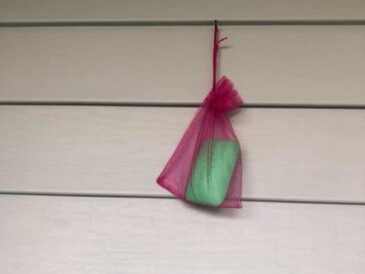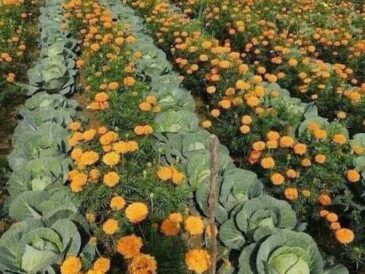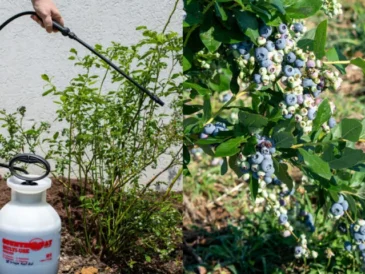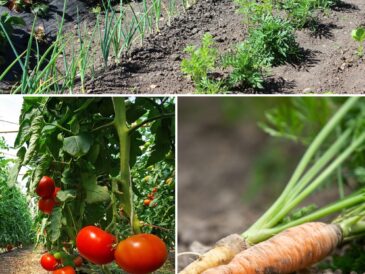4. Liquid Fertilizer from Grass Clippings
Grass clippings can be transformed into a potent liquid fertilizer, commonly referred to as “grass tea.” This is achieved by steeping fresh clippings in water for several days, allowing the nutrients to leach into the liquid.
The resulting grass tea, once diluted, can be used to water plants, delivering a quick nutrient boost. This method recycles the grass’s inherent nutrients back into the garden, fostering plant health and vigor.
5. Using Grass Clippings for Pest Control
Though not a universal solution, grass clippings can sometimes deter certain garden pests.
A light layer of clippings around plants may discourage pests such as slugs and snails, though it’s essential to monitor the garden for any unintended consequences, such as attracting pests or creating damp conditions conducive to disease.
Practical Applications and Considerations
6. Pathway Material
Grass clippings can serve as a sustainable, biodegradable material for garden pathways. Laying a thick layer of clippings on pathways can help suppress weeds, reduce mud, and provide a soft, green walkway that blends naturally with the garden environment.
Over time, as the clippings decompose, they can be easily replaced or replenished.
7. Lawn Care through Grasscycling
Returning grass clippings to the lawn, a practice known as grasscycling, can enhance lawn health and fertility.
This method involves leaving the clippings on the lawn after mowing, where they quickly decompose and return valuable nutrients to the soil.
Grasscycling simplifies lawn maintenance, reduces the need for additional fertilizers, and contributes to a healthier, more resilient lawn.
Considerations for Using Grass Clippings:
- Ensure that the lawn hasn’t been treated with herbicides or pesticides that could harm garden plants.
- Avoid using clippings from lawns with disease issues to prevent spreading pathogens to the garden.
- Use clippings in moderation to prevent issues such as matting, which can inhibit water penetration and air circulation.
In conclusion, grass clippings are a versatile resource that, when used thoughtfully, can enrich the garden in numerous ways.
By adopting these practices, gardeners can not only improve their garden’s health and productivity but also contribute to a more sustainable and environmentally friendly gardening approach.
Grass clippings exemplify how everyday materials, often overlooked or discarded, can provide simple yet effective solutions to common gardening challenges.

